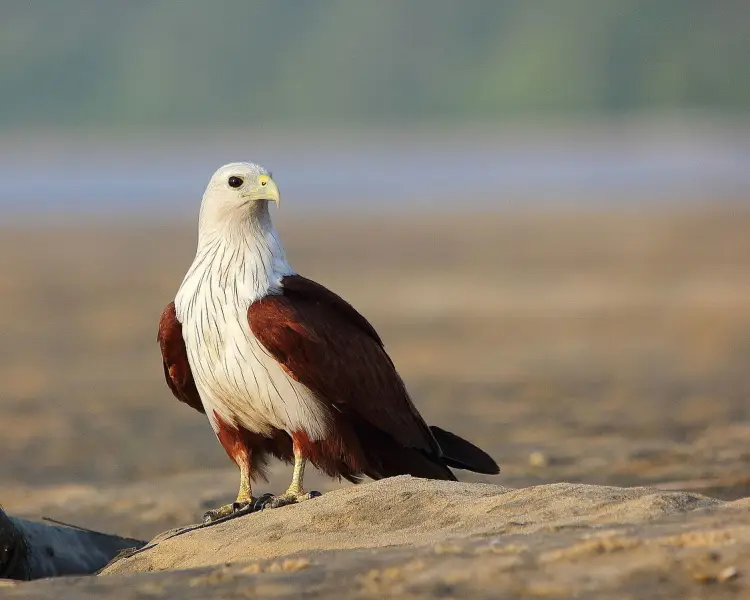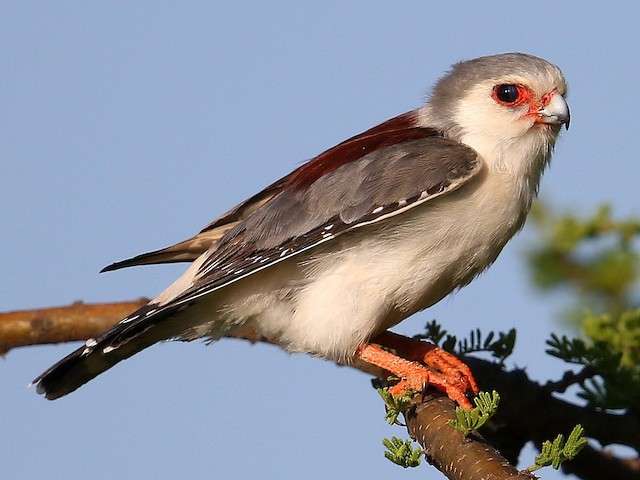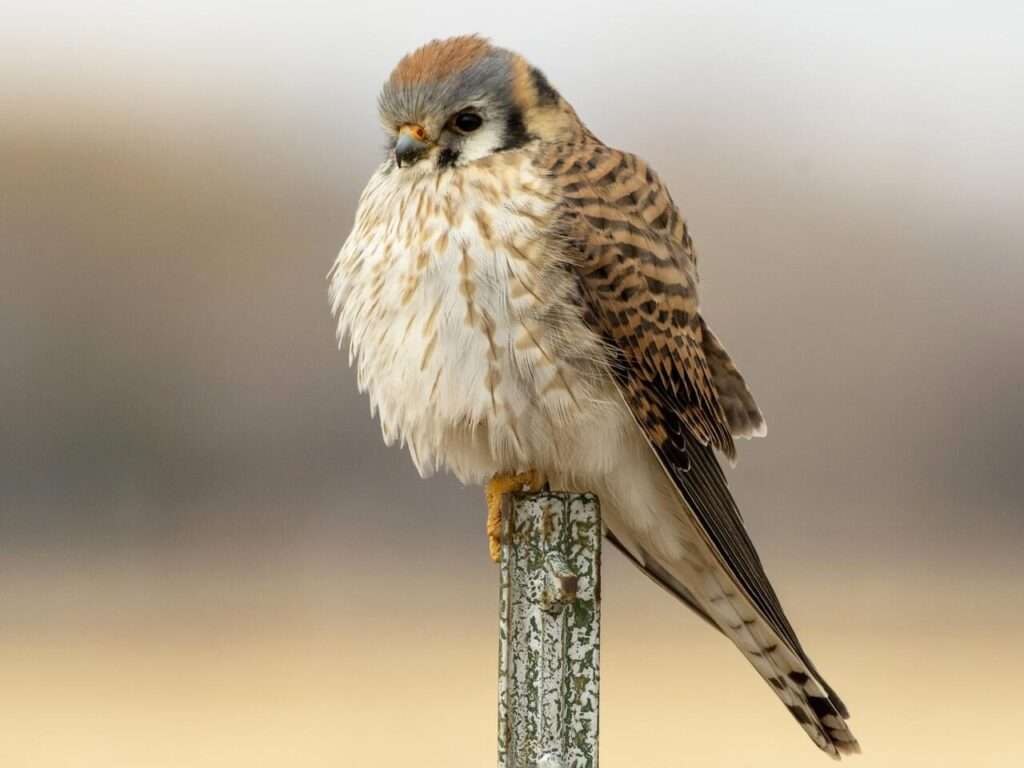
Description
Life span: 24 years
Aside from its white breast and head, the brahminy kite’s chestnut-colored plumage contrasts sharply with its black wing edges. Although the juvenile are browner, they can be distinguished from Asian black kites by their lighter look, shorter wings, and rounder tails. It goes by the name Red-backed sea eagle.
Native Region/Habitat
In Pakistan, Sri Lanka, India, Iran, Nepal, Bangladesh, and Southeast Asia, this kite can frequently be seen flying in the sky. In Australia’s New South Wales, where it is a resident, it is likewise widespread. In some parts of their territory, they shift according to the seasons in reaction to rainfall.
A coastal bird that favours mangrove swamps and estuaries is the Brahminy Kite. On occasion, it can be seen near rivers and above wooded areas.

Behavior
While occasionally catching live prey like hares and bats, it typically scavenges for crabs and fish, especially in wetlands and marshes. It hovers low over waterways, the landscape, or trees, grabbing living prey or carcasses from the surface. Additionally, it steals prey from other fish-hunting birds and catches it in flight. Other species, including gulls, Whistling Kites, Ospreys, and even Australian White Ibis, are irritated or harassed by it.
The Brahminy Kite typically builds its nest in a mangrove tree that is near water. The large nest, made of twigs, driftwood, or seaweed, is lined with a variety of materials, including lichens, seaweed, bones, and occasionally even paper. Both parents incubate the eggs, and the young are regularly fed tiny food pieces.
As a pet/In captivity
Being a scavenger, the brahminy kite is not an excellent pet bird. They’ll want a lot of room and access to fresh food.
Table





